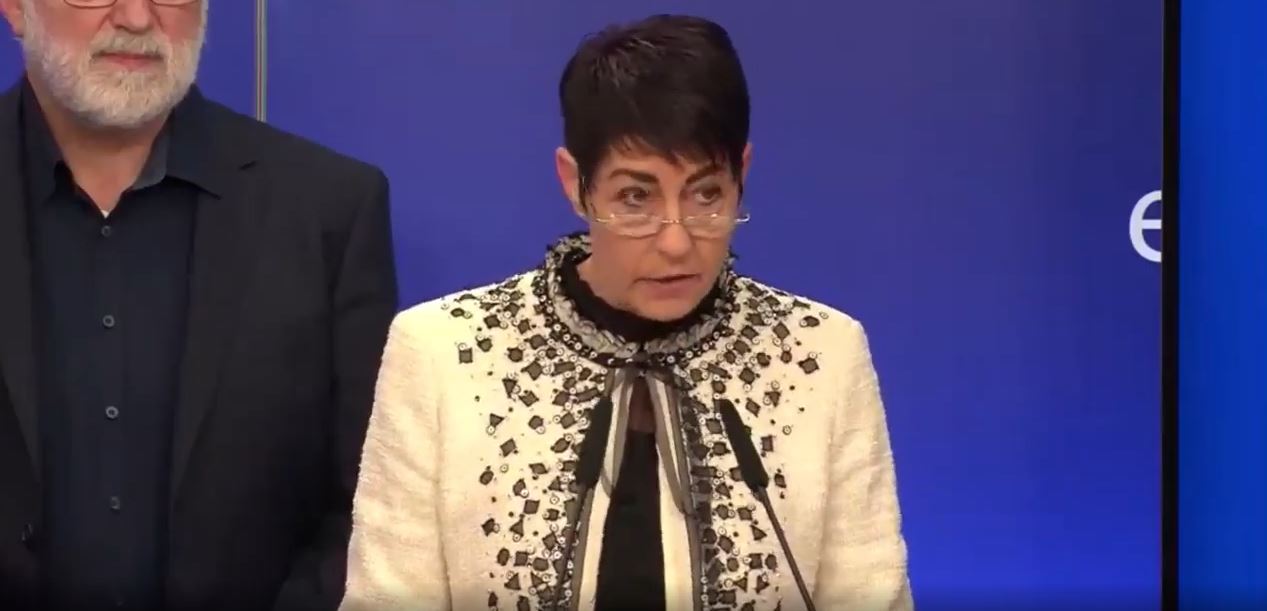That site might be the most ringing endorsement of peer review I have ever seen.
They claim that various athletes died "shortly after a COVID shot" but look at the very first link referencing Blake Barklage, a 17 year old tennis player. There's no one shred of evidence that he died shortly after a vaccination. The article cited doesn't mention COVID, of vaccines, at all. Further Googling leads to a Pennsyvlania CBS News site that actually says, "No other information about his health, including his COVID-19 vaccination status, was made public. His exact age wasn’t immediately reported." There is literally zero causation proved here, other than conspiracy threads in Reddit.
Another one picked at random: Nickolas Lawrinas, official cause of death was cited as epilepsy. Again, the article linked doesn't mention vaccinations or COVID at all.
Looking through the list, I finally find an article that even mentions the vaccine. Everest Romney, suffered from blood clots after receiving his first does of the vaccine. Opening the article reveals, "Everest Romney’s mother says the symptoms started after getting his first COVID-19 vaccination dose. However, she insists the clots are not directly associated with the Pfizer vaccine."
Does anyone bother vetting any of the garbage they decide to put online?
If you want to see what a real causality study looks like, check here:
Death - Adverse Events Associated with Childhood Vaccines - NCBI Bookshelf
They found approximately 300 cases of deaths temporally linked to a polio vaccination event. In fact, there are hundreds of deaths linked to all types of common vaccinations every year.
"
Causality Argument
The evidence favors acceptance of a causal relation between OPV and GBS. The evidence establishes a causal relation between OPV and paralytic poliomyelitis in recipients or contacts (see Chapter 7). GBS and paralytic poliomyelitis can be fatal. Although there is no direct evidence of death as a consequence of OPV-induced GBS, in the committee's judgment OPV could cause fatal GBS. There are data regarding death from vaccine-strain polio infection; the data derive primarily from immunocompromised individuals. There is no evidence or reason to believe that the case fatality rate for GBS or vaccine-associated poliovirus infection (including that resulting in paralytic poliomyelitis) is less than that for these adverse events associated with any other cause.
The possible causal relation between polio vaccines and SIDS has rarely been studied. The evidence is inadequate to accept or reject a causal relation between polio vaccines and SIDS.
Conclusion
The evidence establishes a causal relation between OPV and death from vaccine-strain poliovirus infection, including infection that results in paralytic poliomyelitis. The conclusion is based on case reports and not on controlled studies. No relative risk can be calculated. However, the risk of death from OPV-related polio infection would seem to be extraordinarily low.
The evidence favors acceptance of a causal relation between OPV and death from GBS. There is no direct evidence for this; the conclusion is based on the potential of GBS to be fatal. The risk would appear to be extraordinarily low.
The evidence is inadequate to accept or reject a causal relation between polio vaccines and SIDS.
The evidence is inadequate to accept or reject a causal relation between OPV and death from causes other than those listed above."
If you wanted to find a primary, peer-reviewd source for what you were trying to claim, you could have just looked here:
https://jamanetwork.com/journals/jama/fullarticle/2784015
"During days 0 to 21 postvaccination, there were a total of 34 cases of confirmed myocarditis/pericarditis among individuals aged 12 to 39 years, of whom 53% were aged 12 to 24 years, 85% were male, 82% were hospitalized (median length of stay, 1 day), and nearly all were recovered at record review (eTable 4 in the Supplement). Cases were significantly clustered within the 0 to 5 days after vaccination (P < .001) (eFigure 2 in the Supplement). In supplemental analyses using vaccinated concurrent comparators, incidence per 1 000 000 person-years during the risk vs comparison intervals and adjusted RR were 321 vs 35 (RR, 9.83; 95% CI, 3.35-35.77) during days 0 to 7 after vaccination, corresponding to 6.3 additional cases per million doses (95% CI, 4.9-6.8) (Table 4). After dose 2, RR estimates were higher for both BNT162b2 and mRNA-1273 vaccines (eTable 5 in the Supplement).
Supplemental analyses among all ages, using unvaccinated comparators, were mostly consistent with the primary vaccinated comparator analyses; however, for myocarditis/pericarditis, incidence per 1 000 000 person-years during the risk vs comparison intervals and adjusted RR were 132 vs 83 (RR, 1.39; 95% CI, 1.05-1.82) (eTable 6 in the Supplement)."
So 34 confirmed cases of myocarditis/pericarditis in young males that were temporally linked to vaccination events. However the important part is the second paragraph, where they explain its not statistically different from the rates amongst unvaccinated comparable groups.
The total difference was 6.3 cases per million doses. Very similar to the measles-mumps-rubella-polio data I linked above.


























![Electronics Soldering Iron Kit, [Upgraded] Soldering Iron 110V 90W LCD Digital Portable Soldering Kit 180-480℃(356-896℉), Welding Tool with ON/OFF Switch, Auto-sleep, Thermostatic Design](https://m.media-amazon.com/images/I/41gRDnlyfJS._SL500_.jpg)








